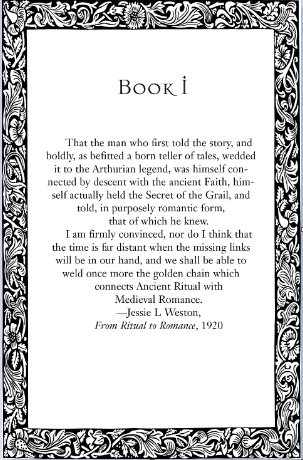Inspired by the myth
of Jason and the Argonauts. these objects are seen as a
cultural bridge between Europe and Asia. Over forty years of excavations
at Vani, "the Pompeii of Colchis," have returned all sorts of
wonders. In particular, sumptuous funerary objects found in the tombs when
the kingdom reached the peak of wealth and splendor. (4th and 5th century
B.C."
These objects, considered
to be the most valuable, are connected to the legend of Jason
and Medea, through a narrative that binds them to the mythology and culture of
the western Mediterranean.















